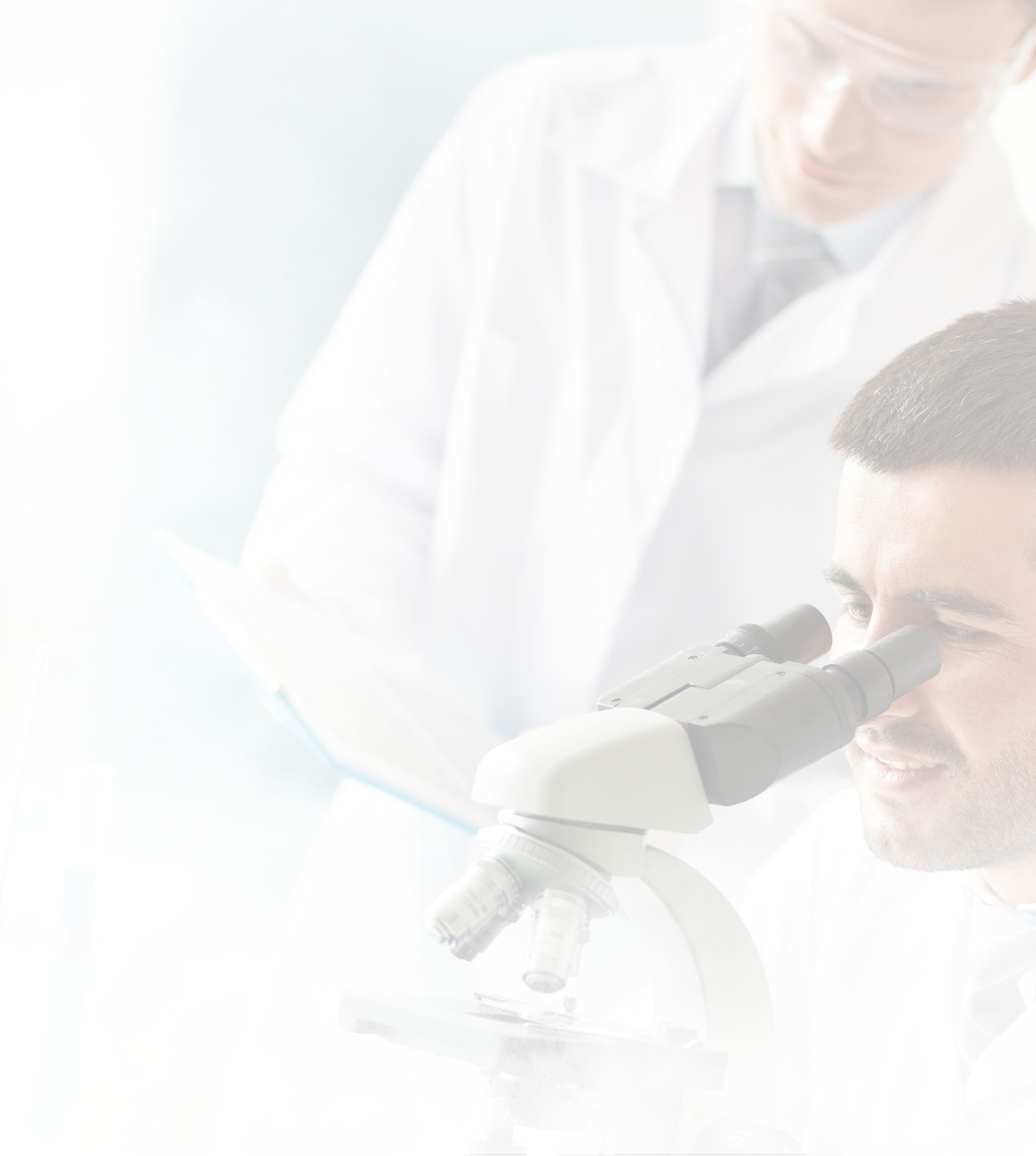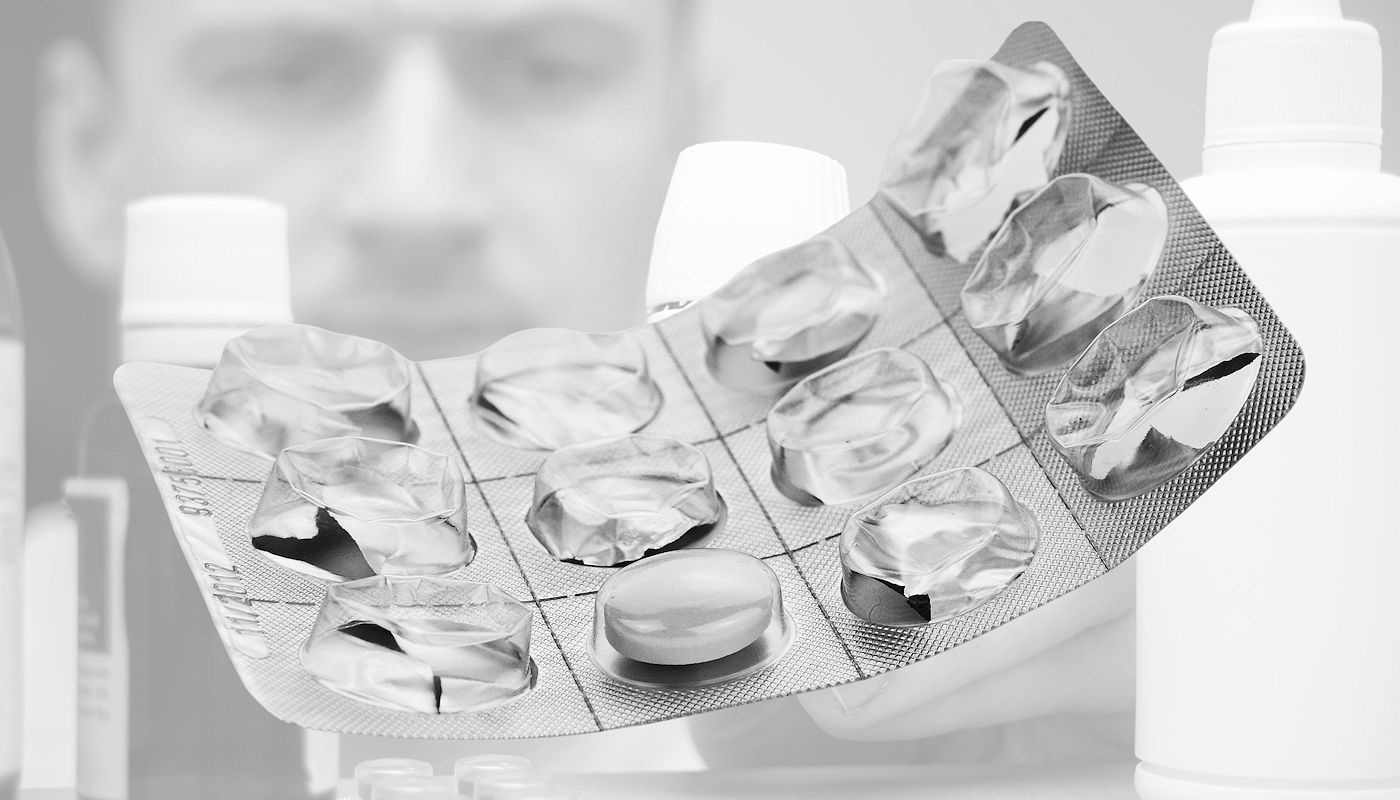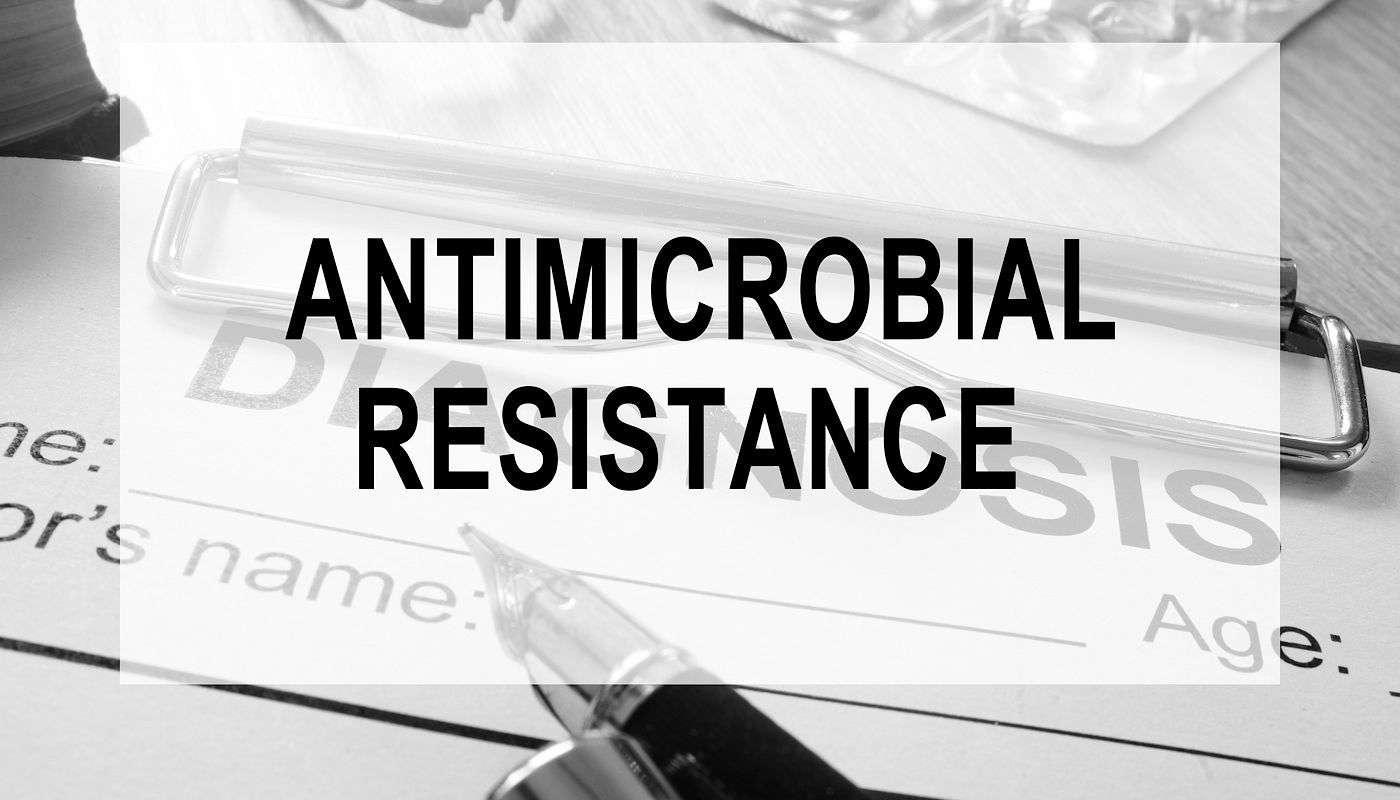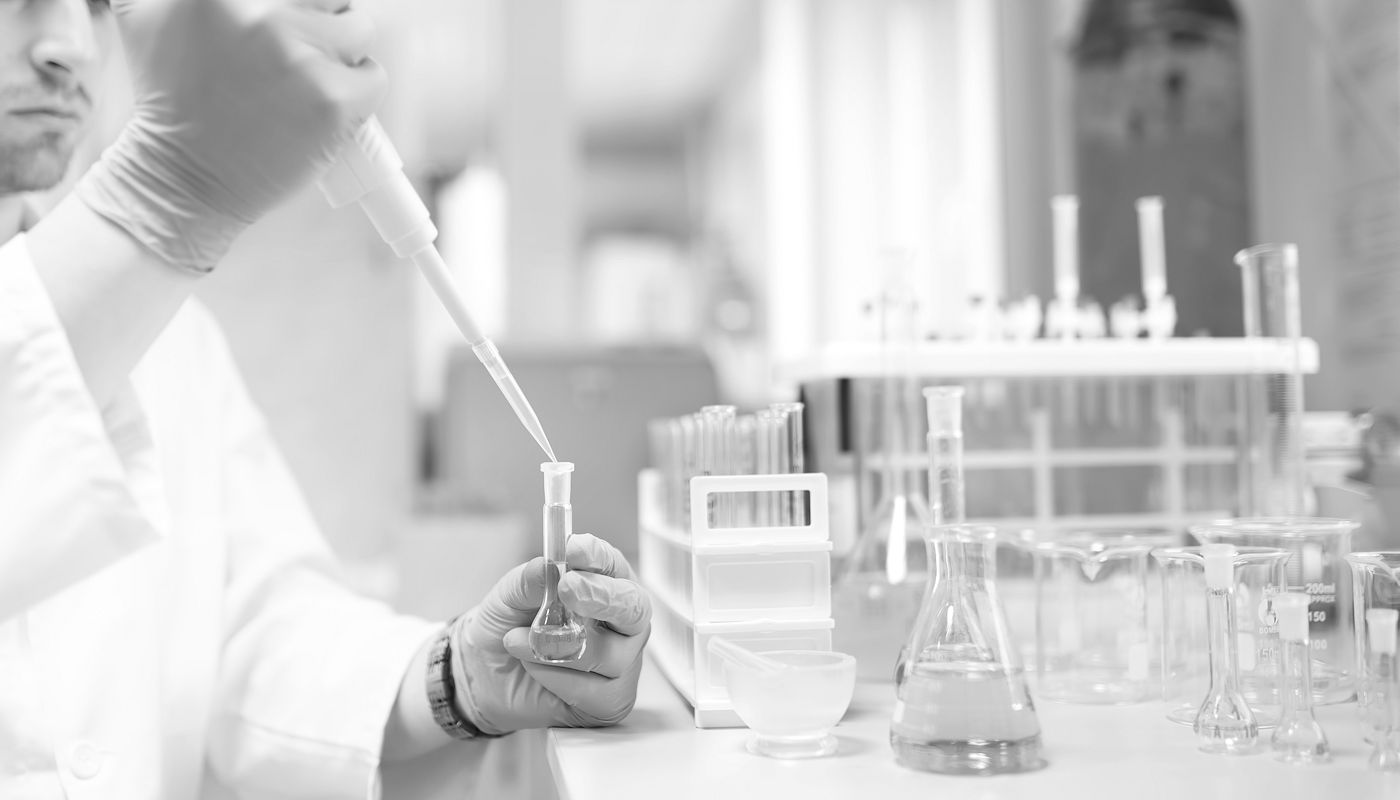WHO to World: The Foundation of Modern
Medicine is Crumbling
By Tristan A Cogan, BSc (Hons) PhD FHEA FRSPH, Natureza Antimicrobial Projects Manager
WHO to World: The Foundation of Modern Medicine is Crumbling
By Tristan A Cogan, BSc (Hons) PhD FHEA FRSPH, Natureza Antimicrobial Projects Manager
The WHO has recognised a number of antibiotic-resistant pathogens as posing the greatest threat to human health. It further concluded that mortality and morbidity from resistant infections is on the rise globally, the clinical anti-bacterial pipeline remains insufficient, and the pipeline outlook remains bleak (WHO 2019). A recent Wellcome Trust report concludes that it is ‘no exaggeration to say that antibiotics are the foundations of modern medicine. But these foundations are crumbling’ (Wellcome Trust 2020). This is exacerbated by economic disincentives. It typically takes 10-15 years and over $1 Billion to produce a new antibiotic.
The fact that bacteria can develop resistance within months of a new antibiotic being deployed has acted as a powerful disincentive for antibiotic development, with only two new classes being developed in the last 40 years. In the laboratory this has been illustrated to occur in a matter of days following the exposure of non-resistant bacteria to an agent in agar, resulting in the evolution of stronger resistance over time (Baym et al 2016). It is clear that new classes of antibiotics with novel targets need to be developed, but also that these need to present a barrier to the development of antibiotic resistance.
The majority of the bacteria needing new antibiotics to be developed as a critical or high priority are Gram-negative – the ESKAPE pathogens – but a minority of Gram-positives, such as vancomycin-resistant Enterococcus faecium, are also high priority.
Nanoparticle encapsulation has been used in recent years to protect drugs from off-target absorbance and has been used to deliver higher concentrations of antibiotics to bacteria than would be possible using the agents in their native state. This has been shown to be effective in overcoming low level resistance to agents in MRSA (Scolari et al) and in Mycobacterium (About aleb et al).
We have developed a method to direct our novel active agents toward Gram-positive or negative bacteria so that they exert strong antimicrobial effects against extremely drug-resistant pathogens. Bacteria exposed to them have not developed resistance to these agents, and they are not toxic to mammalian cells. Activity was seen against salmonellosis and C. difficile infection in animal models.
Our results demonstrate that our formulations act as an effective antibiotic and can be used for a long period of time without resistance developing.
The WHO has recognised a number of antibiotic-resistant pathogens as posing the greatest threat to human health. It further concluded that mortality and morbidity from resistant infections is on the rise globally, the clinical anti-bacterial pipeline remains insufficient, and the pipeline outlook remains bleak (WHO 2019). A recent Wellcome Trust report concludes that it is ‘no exaggeration to say that antibiotics are the foundations of modern medicine. But these foundations are crumbling’ (Wellcome Trust 2020). This is exacerbated by economic disincentives. It typically takes 10-15 years and over $1 Billion to produce a new antibiotic.
The fact that bacteria can develop resistance within months of a new antibiotic being deployed has acted as a powerful disincentive for antibiotic development, with only two new classes being developed in the last 40 years. In the laboratory this has been illustrated to occur in a matter of days following the exposure of non-resistant bacteria to an agent in agar, resulting in the evolution of stronger resistance over time (Baym et al 2016). It is clear that new classes of antibiotics with novel targets need to be developed, but also that these need to present a barrier to the development of antibiotic resistance.
The majority of the bacteria needing new antibiotics to be developed as a critical or high priority are Gram-negative – the ESKAPE pathogens – but a minority of Gram-positives, such as vancomycin-resistant Enterococcus faecium, are also high priority.
Nanoparticle encapsulation has been used in recent years to protect drugs from off-target absorbance and has been used to deliver higher concentrations of antibiotics to bacteria than would be possible using the agents in their native state. This has been shown to be effective in overcoming low level resistance to agents in MRSA (Scolari et al) and in Mycobacterium (About aleb et al).
We have developed a method to direct our novel active agents toward Gram-positive or negative bacteria so that they exert strong antimicrobial effects against extremely drug-resistant pathogens. Bacteria exposed to them have not developed resistance to these agents, and they are not toxic to mammalian cells. Activity was seen against salmonellosis and C. difficile infection in animal models.
Our results demonstrate that our formulations act as an effective antibiotic and can be used for a long period of time without resistance developing.







